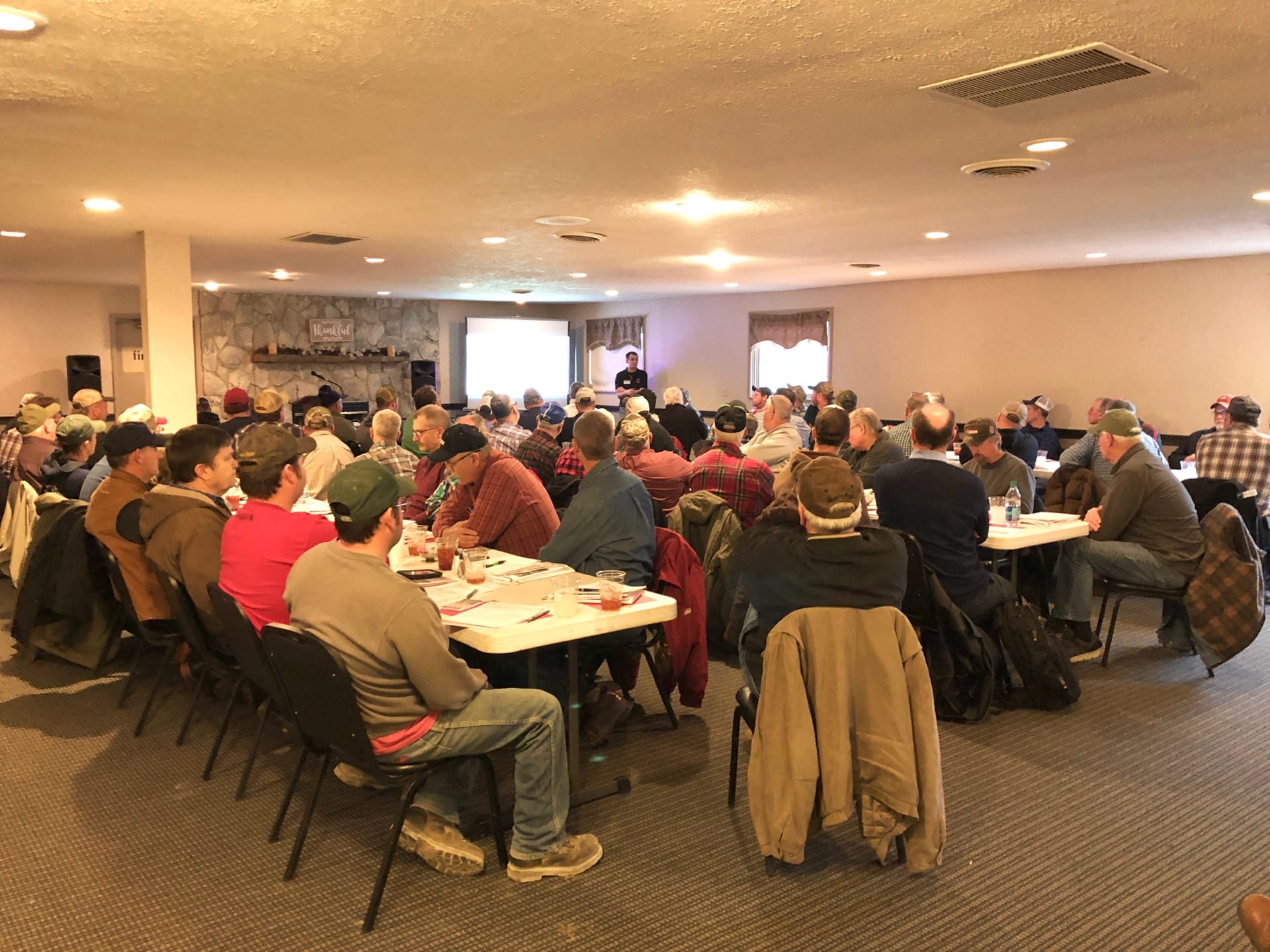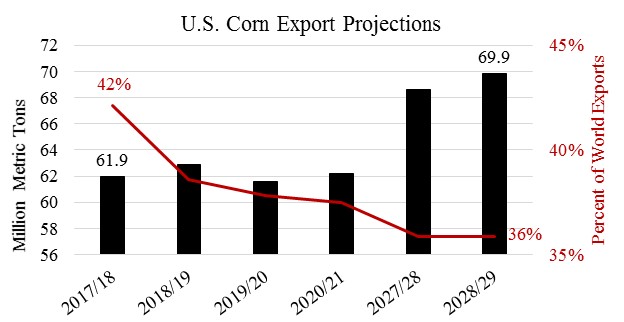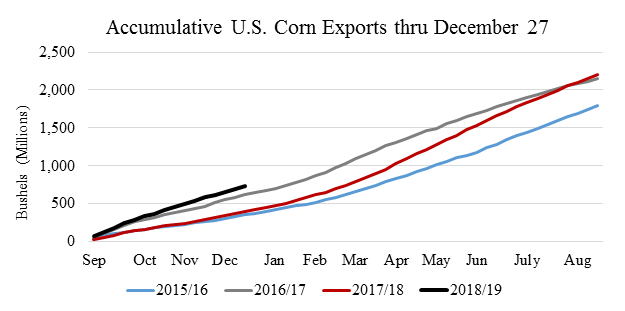 Come one, come all to the Germinate International Film Fest, featuring a diverse range of films highlighting agriculture and rural communities! The Highland County Office of OSU Extension is pleased to announce the inaugural festival will be held on August 16 and 17, 2019, in Hillsboro, Ohio. Germinate means to grow and the purpose of this film festival is to grow knowledge about agriculture, natural resources, and rural communities.
Come one, come all to the Germinate International Film Fest, featuring a diverse range of films highlighting agriculture and rural communities! The Highland County Office of OSU Extension is pleased to announce the inaugural festival will be held on August 16 and 17, 2019, in Hillsboro, Ohio. Germinate means to grow and the purpose of this film festival is to grow knowledge about agriculture, natural resources, and rural communities.
Historically, researchers have found that rural communities and the agricultural industry have been depicted in entertainment media as outdated, having unrealistic portrayals, and as fodder for comedic material in film and television programming. However, online streaming platforms, such as Netflix, Hulu, and Apple iTunes, have recently curated sections of films related to food production and culinary expertise. These curated films represent consumer’s desire to want to learn more about how their food was prepared and where it was grown. The Germinate International Film Fest seeks to aggregate films that represent rural communities and their associated industries in an accurate manner, including current technologies, practices, and programs.
The concept behind the Germinate International Film Fest is to provide a forum for open discussion about agricultural, environmental, and rural community development topics important to the public. While rural areas represent 97 percent of the United States’ landmass, only 19.3 percent of the population resides in a rural area. Less than two percent of the nation’s population identifies as farmers. This film festival will provide an opportunity to showcase the agricultural industry from the perspective of agricultural producers, researchers, and rural community members.
Rural communities face many challenges. Germinate International Film Fest seeks films that will highlight the resiliency of rural communities and the individuals who are making these communities thrive. Does your community have a fabulous community garden? An engaged non-profit determined to increase technology in schools? Any programs that set your community apart from others? If so, we want you to tell their story and share it via a film at the festival.
While there are thousands of film festivals in the world, Germinate International Film Fest is different because these films will be selected based upon their ability to tell a compelling and logical story, as well as providing factual information about the topic being discussed. The festival will fill a void in current festival line-ups to highlight rural communities and the natural environments and industries surrounding them. Ten percent of the selected films will be sourced from local filmmakers from Ohio, allowing for attendees of the festival to be able to connect with local producers and filmmakers from the area surrounding Highland County, Ohio. Filmmakers of all skill and expertise levels are encouraged to apply. Additionally, there will be a still photography division for additional competition.
Film submissions will be accepted for the following categories:
- Short Documentary: 59 minutes or less
- Feature Documentary: 60 minutes or more
- Short Narrative: 59 minutes or less
- Feature Narrative: 60 minutes or more
- A short of any kind: 20 minutes or less
- Virtual Reality: 20 minutes or less
- Photography:
- Agriculture
- Nature or the environment
- Rural communities
- Student Films: collegiate and graduate student-produced films
- Youth: any filmmaker that is under 18.
- Scholarly and/or Extension
Submissions are encouraged for all styles and methods of film production, including but not limited to: aerial cinematography, stop-motion, animation, and live action. Applicants are encouraged to use their creativity and imagination for the cinematic direction of their submissions.
Do you have a film or photograph that would be a great addition to the festival? If so, we welcome you to apply through https://filmfreeway.com/GerminateInternationalFilmFest. The deadline to apply is June 30, 2019.
Southern State Community College will host the screenings of the festival at their central campus in Hillsboro, Ohio. Hillsboro is located about an hour from Dayton, Cincinnati, and Columbus, making the location for the Germinate International Film Fest an easy commute from any of Ohio’s metropolitan areas. In addition to the live screenings of films, attendees will be able to participate in a series of hands-on workshops related to video production, photography, agriculture, natural resources, astronomy, and community development topics. The workshops will be held at various locations throughout Highland County.
For more information about the festival, contact the Highland County Office of OSU Extension at 937-393-1918. Tickets will be available for purchase in July through the Highland County Extension Office.









